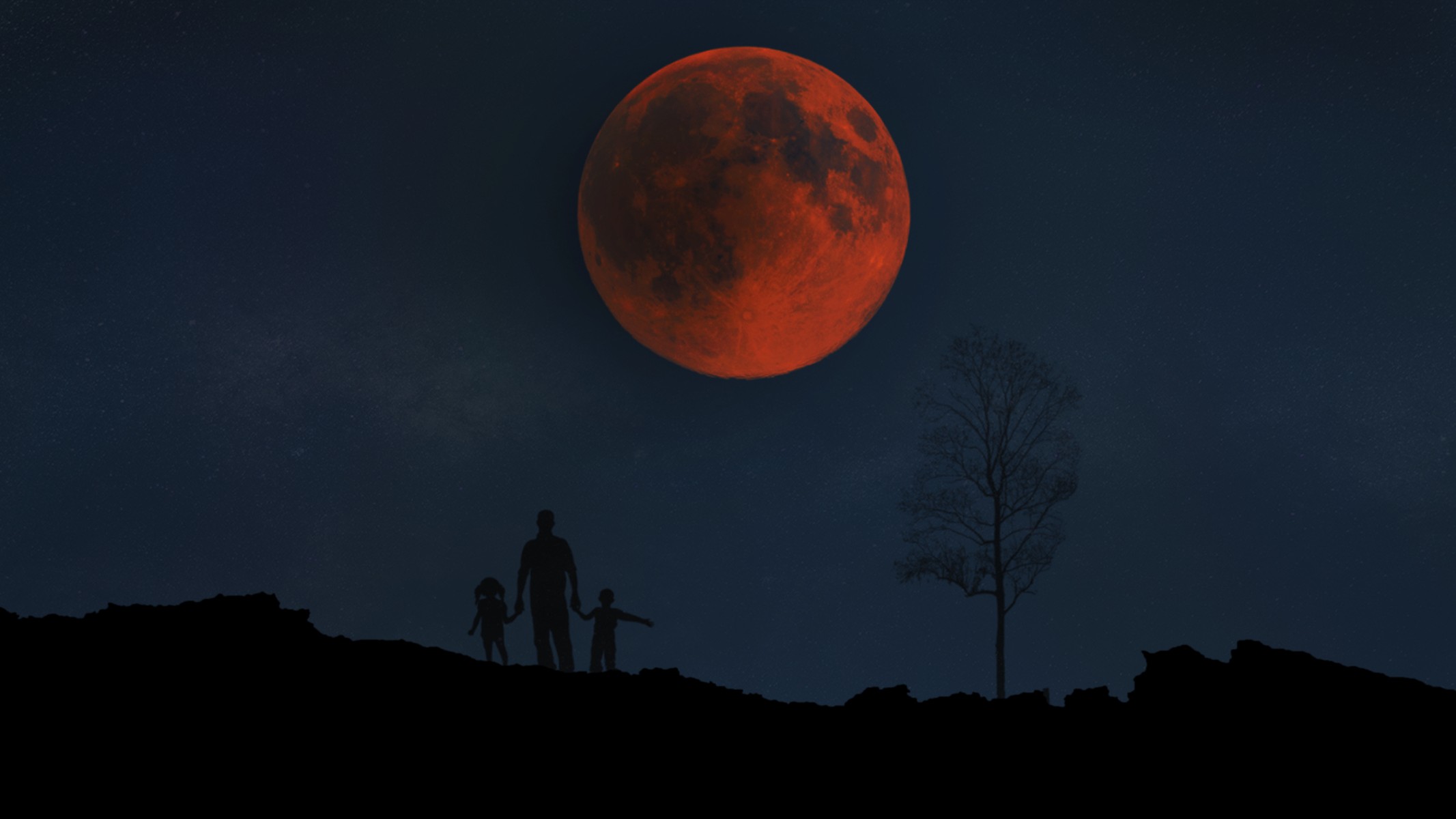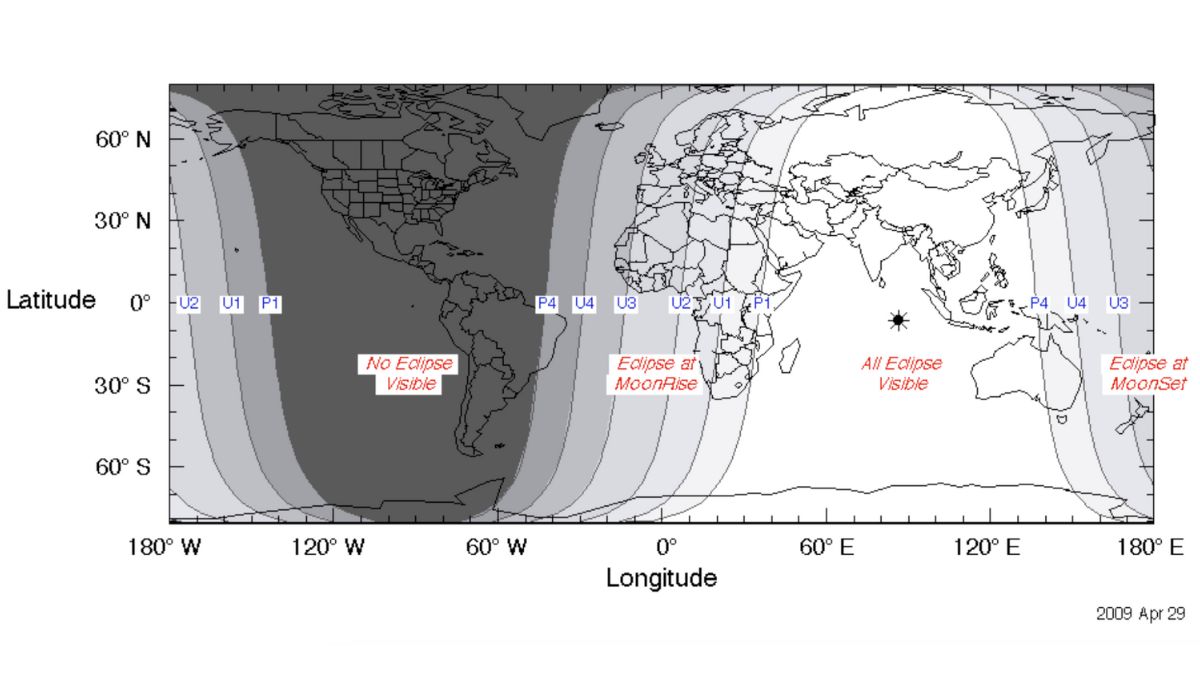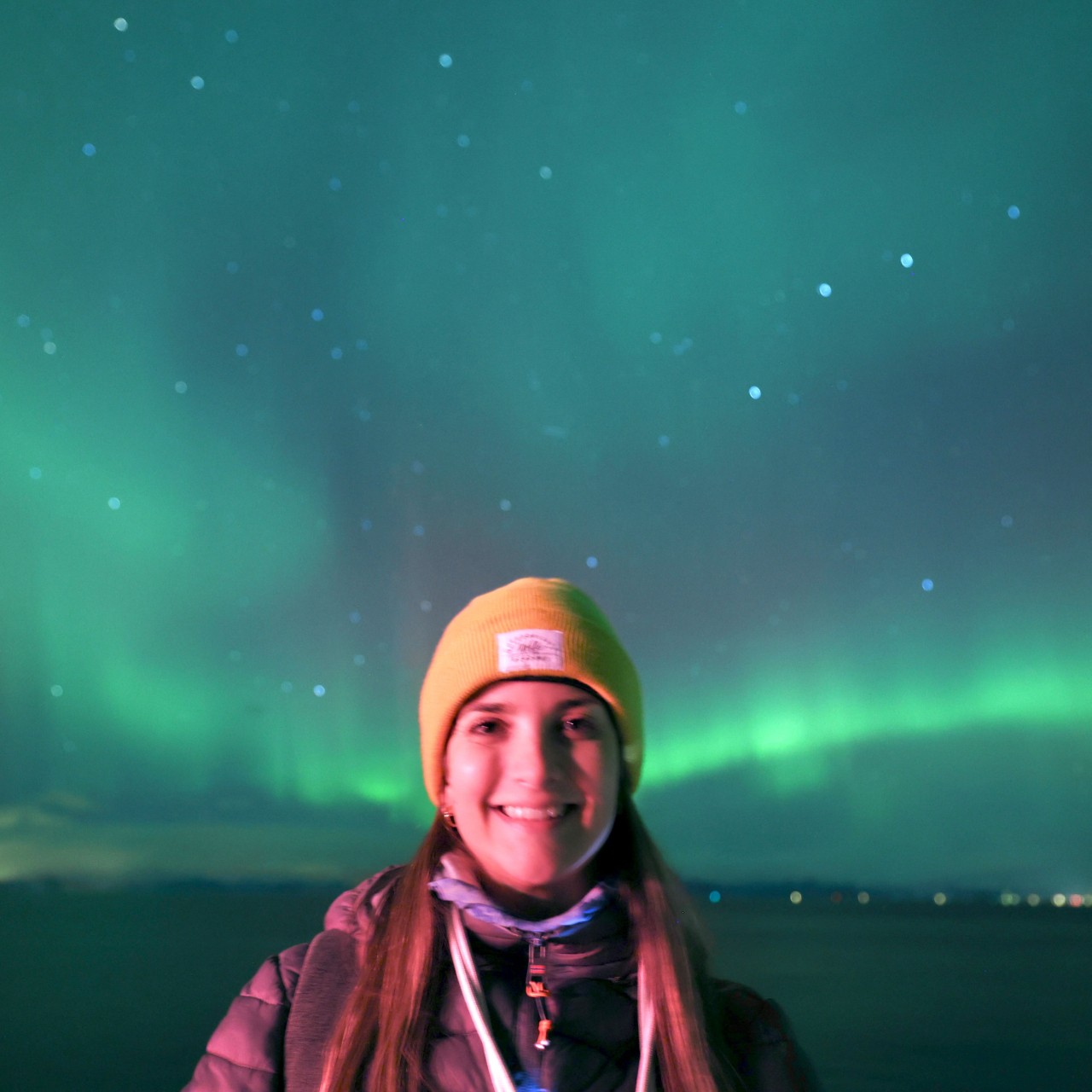A blood moon is coming: Here's what you need to know about the total lunar eclipse on Sept. 7
Start preparing now to catch next month's dramatic total lunar eclipse.

On Sept 7, 2025, a dramatic "blood moon" will rise as Earth experiences its second total lunar eclipse of the year.
Skywatchers across Asia and Western Australia will get the best view of the Sept. 7 total lunar eclipse from start to finish, but those in Europe, Africa, eastern Australia and New Zealand may still catch a glimpse of the moon during some of the eclipse phases, including totality.
You can learn more about the total lunar eclipse on Sept. 7 with our lunar eclipse 2025 guide and keep up to date with the latest lunar eclipse content with our lunar eclipse live blog.
What time is the lunar eclipse?
Lunar eclipses are global events that happen at the same time for everyone, no matter where you are on Earth. However, whether you see the eclipse depends on whether the moon is above your horizon at that time.
The Sept. 7 lunar eclipse will take place between 15:28 and 20:55 GMT with the moon fully immersed in Earth's dark inner shadow — known as the umbra — for a stunning 82 minutes of totality between 17:30 and 18:52 GMT.
Here's when totality happens in some key cities.
- Perth, Australia: 1:30 to 2:52 a.m. AWST on Monday, Sept. 8, 2025
- Mumbai, India: 11:00 p.m. IST on Sunday, Sept. 7, 2025 to 12:22 a.m. IST on Monday, Sept. 8, 2025
- Cairo: 8:30 to 9:52 p.m. EEST on Sunday, Sept. 7, 2025
- Cape Town, South Africa: 7:30 to 8:52 p.m. SAST on Sunday, Sept. 7, 2025
These are times for totality only — the most dramatic part of the eclipse. But it's worth looking up at least 75 minutes earlier to watch the partial eclipse as Earth's shadow slowly creeps across the moon, and staying after totality to see the moon gradually return to full brightness.
Breaking space news, the latest updates on rocket launches, skywatching events and more!
For specific timings for your location, we recommend heading over to Time and Date where you can find detailed viewing information.
Where can I see the lunar eclipse?

Approximately 77% of the world's population, about 6.2 billion people, will be able to see all of the total phase of the lunar eclipse, with almost 88% (7.1 billion people) seeing at least some of the penumbral phase, according to Time and Date.
In Europe, however, the moon will rise already eclipsed, so timing and a clear view of the eastern horizon will be key. Here's when moonrise and totality line up in a few European cities:
City | Moonrise (local time) | Totality (local time) |
|---|---|---|
Berlin | 7:37 p.m. CEST | 7:30 to 8:52 p.m. CEST |
Vienna | 7:20 p.m. CEST | 7:30 to 8:52 p.m. CEST |
Budapest | 7:08 p.m. CEST | 7:30 to 8:52 p.m. CEST |
Paris | 8:17 p.m. CEST | 7:30 to 8:52 p.m. CEST |
Madrid | 8:34 p.m. CEST | 7:30 to 8:52 p.m. CEST |
London | 7:30 p.m. BST | 6:30 to 7:52 p.m. BST |
In these locations, the moon will already be a deep red when it appears — a haunting sight if you catch it low on the horizon.
What to expect
This eclipse occurs just 2.7 days before the moon reaches perigee (the point in its orbit closest to Earth), so the moon will appear slightly larger than usual, though not enough for most people to notice.
What will be noticeable is how deeply shaded this eclipse is. About 36% of the moon's diameter will pass through the darkest part of Earth's shadow, resulting in a dark, richly colored eclipse. Expect a bold reddish hue as sunlight filters through Earth's atmosphere and bends toward the moon — creating the eerie "blood moon" effect.
If you're in a part of the world where the eclipse will be visible, this is one eclipse you won't want to miss. And if you're not in the viewing zone, don't worry! Space.com will be livestreaming the eclipse, so you can still watch the moon turn blood red in real time. We'll share the full livestream details close to the date.

Daisy Dobrijevic joined Space.com in February 2022 having previously worked for our sister publication All About Space magazine as a staff writer. Before joining us, Daisy completed an editorial internship with the BBC Sky at Night Magazine and worked at the National Space Centre in Leicester, U.K., where she enjoyed communicating space science to the public. In 2021, Daisy completed a PhD in plant physiology and also holds a Master's in Environmental Science, she is currently based in Nottingham, U.K. Daisy is passionate about all things space, with a penchant for solar activity and space weather. She has a strong interest in astrotourism and loves nothing more than a good northern lights chase!
You must confirm your public display name before commenting
Please logout and then login again, you will then be prompted to enter your display name.
